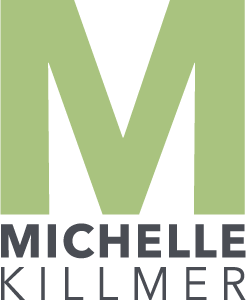My boyfriend turned 50 years old on January 1st.
While decade birthdays are usually special in my book, a half-century decade birthday is triple special! COVID-19 ruined all hope of being able to throw my handsome SO a surprise birthday bash—something I was really looking forward to. I came up with what ended up being the next best thing: a family gift.
His kids will tell you it was all my idea, but the truth is, I wouldn’t have been able to pull it off without their help. I also got his aunts and grandmother to contribute and in the end, a masterpiece was born.
The entirety of this book was handmade: the cover (binders board, book cloth, photo paper, PVA glue), the interior (invitation paper) and the text block (Epson Presentation Paper Matte). I collected images and messages from everyone and designed the layout in InDesign, printed everything out in-house (literally, in my house), and assembled the book on my own.
This project was the most emotionally invested project I’ve worked on in years.
Special thanks goes to Titis Liz, Luz, and Penny, Grandma, Jocelin, Jasmine, and Ricky. Without you, this gift wouldn’t have been as special. <3

